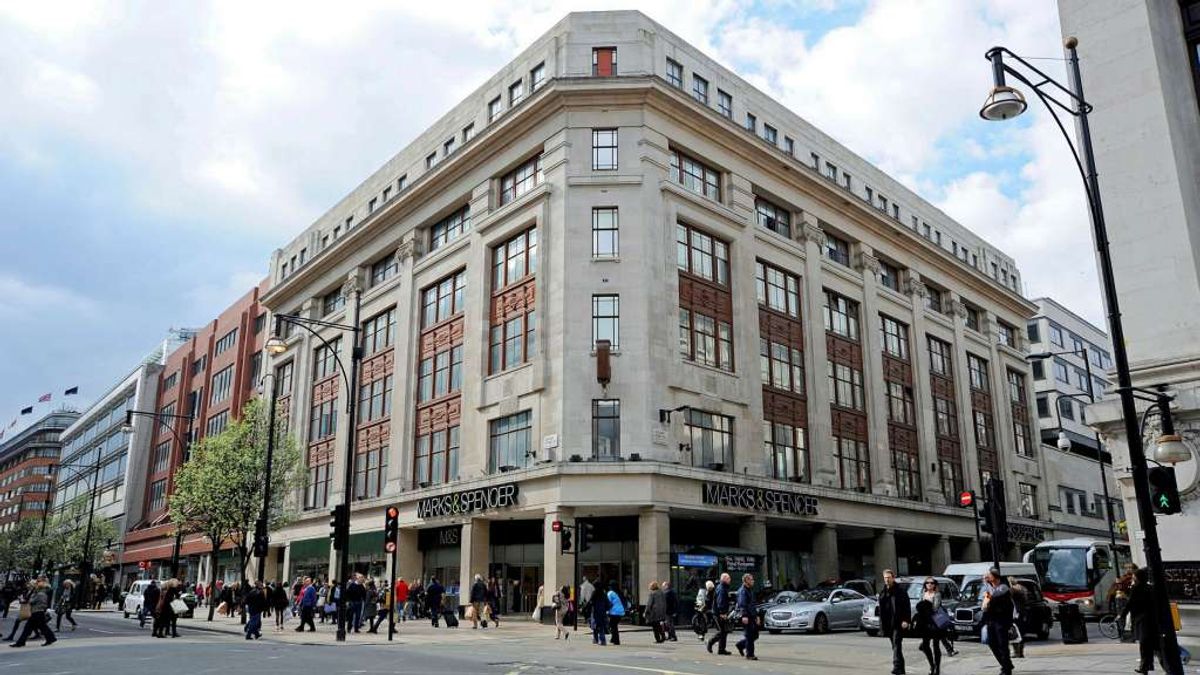Architectural heritage campaigners remain hopeful that the flagship Marks & Spencer (M&S) store in Marble Arch, central London, can still be saved despite a High Court quashing a decision by the government to refuse demolition.
The retailer wants to tear down and replace the 1929 Orchard House, which is not a listed building, with a new nine-storey retail and office complex, which it claims will be one of the capital’s most environmentally friendly buildings. The plans were approved by Westminster Council and a planning inspector. But in July heritage campaigners welcomed a move by Michael Gove, the levelling up, housing and communities secretary, to block the proposals on environmental and heritage grounds. In the latest twist to the case, this has now been thrown out by a judge following a two-day appeal hearing last month brought by M&S.
Misinterpretation of planning framework
Gove’s decision cited UK planning policy which he said made refurbishment his preferred approach. But in her ruling Mrs Justice Lieven said: “In my view, it is plain that the secretary of state misinterpreted the national planning policy framework, and therefore erred in law. The secretary of state relied on a meaning of the national planning policy framework which is simply not open to him. There is some encouragement for the reuse of buildings, but nothing that comes close to a presumption.”
M&S operations director Sacha Berendji welcomed the ruling, which means the matter returns to Gove’s desk for a new decision. He said: “The secretary of state now has the power to unlock the wide-ranging benefits of this significant investment and send a clear message to UK and global business that the government supports sustainable growth and the regeneration of our towns and cities.”
But architecture critic Hugh Pearman, the chair of the Twentieth Century Society, which campaigns to protect buildings and design created since 1914, says the retailer is out of line with current thinking. “M&S are not reading the room when it comes to redevelopments of this kind,” he tells The Art Newspaper. “The mood in the architecture and construction industry is shifting away from demolition and towards refurbishment and retrofit. The sheer waste of demolishing a sound landmark building in order to build a new one that claims to be 'green' shows total cognitive dissonance: it is estimated that the demolition will release up to 50,000 tonnes of embodied carbon into the atmosphere. Nor is the replacement building going to be a marvellous M&S palace of retail: they will have a smaller store in what is otherwise a speculative office building.”
In her ruling Justice Lieven agreed with M&S on five counts, but on a sixth, the impact on heritage assets such as the neighbouring Grade II listed Selfridges store, she backed Gove and said he had “provided adequate reasoning”.
Not the end of the road
Henrietta Billings, the director of SAVE Britain’s Heritage which gave evidence to the initial public inquiry in 2022, thinks Gove can still stop the bulldozers. She says: “In his public inquiry decision, Gove sent a clear message that he wanted to use the National Planning Policy Framework (NPPF) to highlight the need for repurposing and reusing buildings. The judge’s decision shows that the policy wording isn’t tight enough. The best way to remedy that is for the secretary of state to strengthen the NPPF in terms of sustainability. We urge him to do this without delay. We are pleased that the judge dismissed M&S's challenge against Mr Gove’s reasoning on heritage impacts, especially given that this was the primary basis upon which Mr Gove refused permission.”


